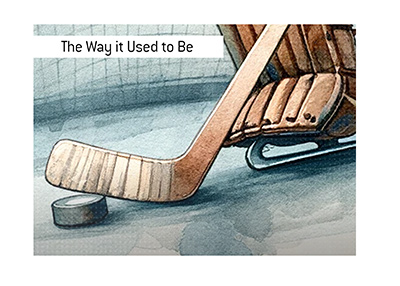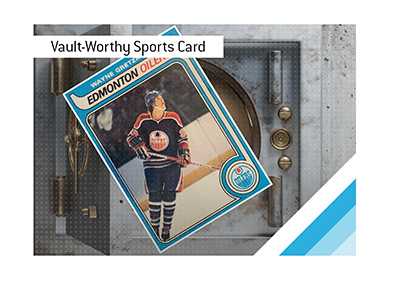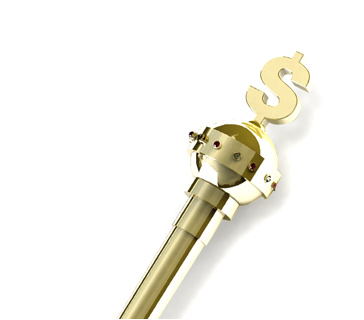Goalies Used To Be Penalized For Dropping To Their Knees
Published on November 13th, 2023 11:24 am ESTWritten By: Dave Manuel
 On January 9th, 1918, the newly formed National Hockey League changed a rule that would change the way that goal was played forever.
On January 9th, 1918, the newly formed National Hockey League changed a rule that would change the way that goal was played forever. On that date, President Frank Calder said that a rule change was being implemented that allowed the goaltender to "adopt any attitude he pleases in stopping a shot".
Calder went on to say that the league didn't care if a goaltender stood on his head to stop a shot, as the goaltender could now do whatever they pleased.
-
Prior to this rule change being announced, goaltenders were BANNED from falling to their knees to stop a shot.
There was no butterfly stance, and there was no sprawling like Dominik Hasek.
Instead, goaltenders HAD to stay on their feet.
If a goaltender dropped to their knees to stop a shot, they would receive a penalty and be removed from the ice.
This created a number of issues, including:
1) The rule was very hard to enforce, as goaltenders would frequently "accidentally" fall to block a shot
2) Most NHL teams had just one goaltender dressed, meaning that there would be long delays in the action as another goaltender got dressed, as the offending goaltender would be sent to the penalty box
-
Goaltenders hated the rule, as it quickly became apparently that dropping to your knees would allow you to cover more of the bottom part of the net.
Referees hated the rule, as it was essentially impossible to enforce.
Fans hated the rule, as it would cause long delays in the action.
-
So, shortly following the formation of the NHL, the league immediately put in a rule change that changed the way that the goalie position is played forever.
Can you imagine a league with no butterfly? No sprawling saves? A backup goaltender being brought into the game every time that the starting goaltender leaves their feet?
That's the way things used to be prior to 1918.




